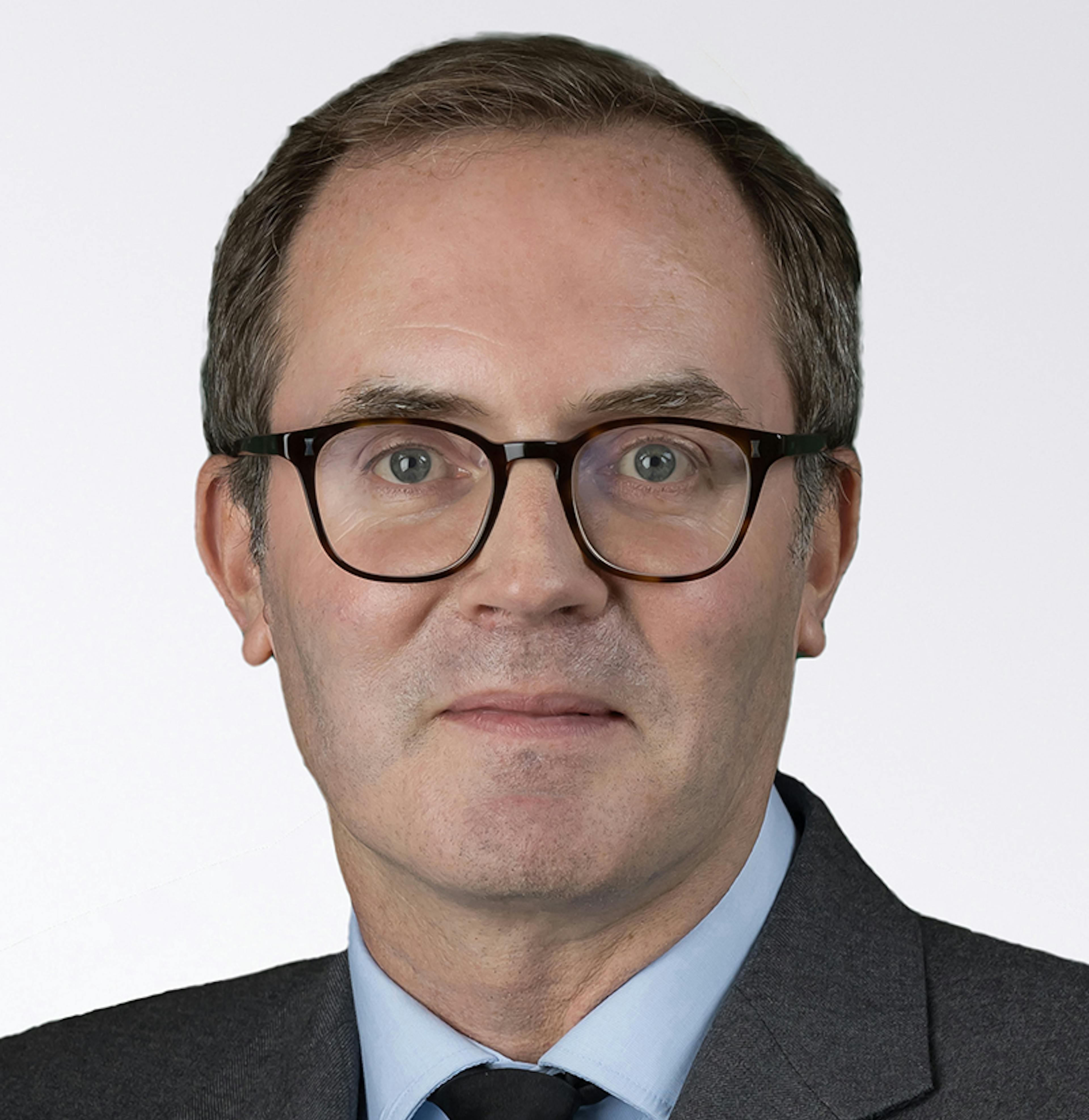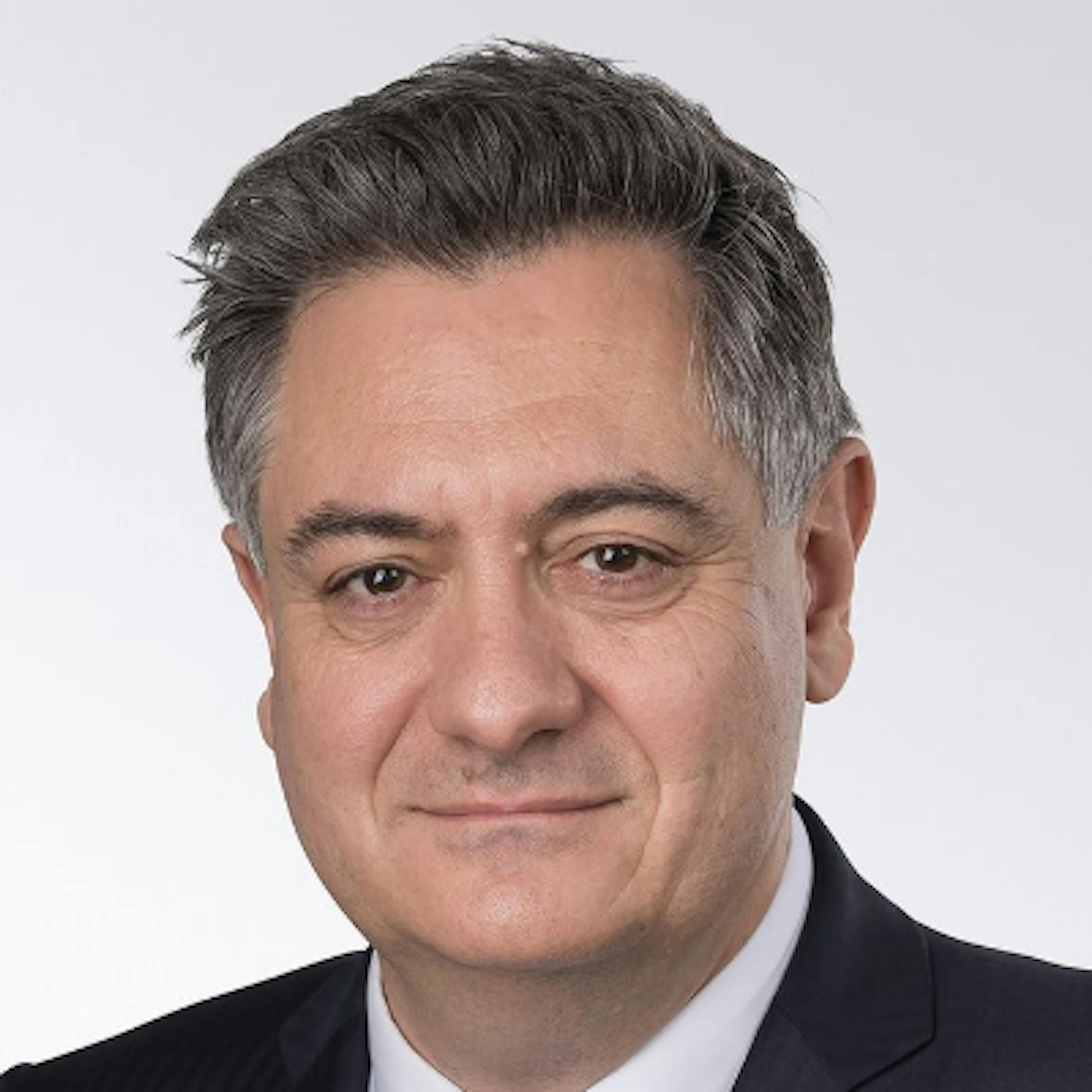LU1299305190
1
2
3
4
5
6
7
To 06/05/2025
Article
Carmignac Portfolio Patrimoine fund performance
Take a look at the Fund's performance supported by our Fund managers’ market commentary and strategy insight.Our monthly comments
Data as of: Mar 31, 2025.Performance commentary
In this environment, the Fund mitigated part of the decline, closing in negative territory but delivering a performance twice that of its reference indicator.
Our long-term equities, focused on quality and growth stocks, faced challenges and were the primary detractors from performance in March. For instance, our largest holding, TSMC, experienced a 16% decline over the month.
However, our hedging strategies—such as options and futures on indices, options on individual securities, and volatility instruments—helped cushion some of the losses.
Simultaneously, our diversification efforts, including positions in Latin American and Indian banks as well as gold companies, contributed positively to performance.
Additionally, our sovereign bond strategies were effective and fully played their role as diversifiers for our riskier assets.
On sovereign rates, our short positions in European rates and long positions in US rates performed exceptionally well during the month.
While credit markets declined, our index hedging partially offset this underperformance.
Lastly, the Fund's pro-euro positioning since the start of the year paid off in March, as the European currency significantly outperformed the dollar.
Outlook strategy
We maintain our view that deficit reduction and tariffs are key contributors to stagflation in the U.S. economy.
In Europe, the scale of defense and infrastructure spending programs suggests higher growth, elevated inflation, and wider budget deficits. Nonetheless, retaliation measures and an escalation of the trade war could temporarily weigh on European growth.
As a result, we continue to believe that risk assets may face increased volatility.
The fund’s equity net exposure is cautious, it remains around the midpoint of our target range. However, we capitalized on the market downturn in Q1 to increase exposure to some tech stocks, which have experienced significant losses. At the same time, we maintain hedges using options and futures on indexes to manage risk.
Credit exposure has been reduced over recent weeks, and despite the recent widening in spreads, we do not plan to add further positions at this time.
On sovereign rates, we have maintained a low duration stance, favoring U.S. rates—particularly real rates.
In FX positioning, we favor the euro given the dollar’s expensive valuation and the fact that economic turbulence is originating from the U.S. for once.
Performance Overview
Data as of: May 6, 2025.Carmignac Portfolio Patrimoine Portfolio overview
Below is an overview of the composition of the portfolio.Asset Allocation
Data as of: Apr 30, 2025.| Equities | 42.8 % |
| Bonds | 38.9 % |
| Cash, Cash Equivalents and Derivatives Operations | 9.4 % |
| Money Market | 8.8 % |
Key figures
Below are the key figures for the Fund, which will give you a clearer idea of the Fund's equity and bond management and positioning.Exposure Data
Data as of: Apr 30, 2025.The strategy in a nutshell

Jacques Hirsch

Christophe Moulin
![[Management Team] [Author] Rigeade Guillaume](https://carmignac.imgix.net/uploads/NextImage/0001/18/%5BManagement-Team%5D-Rigeade-Guillaume.png?auto=format%2Ccompress&fit=fill&w=3840)
Guillaume Rigeade
![[Management Team] [Author] Eliezer Ben Zimra](https://carmignac.imgix.net/uploads/NextImage/0001/18/%5BManagement-Team%5D-Ben-Zimra-Eliezer.png?auto=format%2Ccompress&fit=fill&w=3840)
Eliezer Ben Zimra

Kristofer Barrett
Related articles

Annual Dividends Distribution 2024 - Carmignac Portfolio

Carmignac Patrimoine: Letter from the Fund Managers

Market environment
March was marked by significant turbulence in global financial markets as investors grappled with macroeconomic uncertainties stemming from trade tensions and fiscal policy shifts in Europe.
Germany pivoted away from its conservative fiscal policy, reforming the "debt brake" to allow for higher deficits and unveiling a historic fiscal stimulus plan, which includes €500 billion in infrastructure investment over the next decade and increased defense spending.
Reciprocal tariffs and sector-specific trade measures continue to weigh on US and global growth prospects and related fears of rising inflation.
In this context, policy uncertainty burdens US stocks while Europe’s pivot to infrastructure and defense bolsters performance in related sectors.
The S&P 500 enters correction territory, losing more than 10% from its February peak, dragged down by technology and growth stocks.
The rest of the world outperformed the US but were down in Euro terms, as the Euro rebounded strongly.
Growth concerns drive US yields lower, while European yields rise on the back of the fiscal shift in Germany.
Gold rose again amid these uncertainties, while Latin American currencies benefitted from the weakness of the US dollar